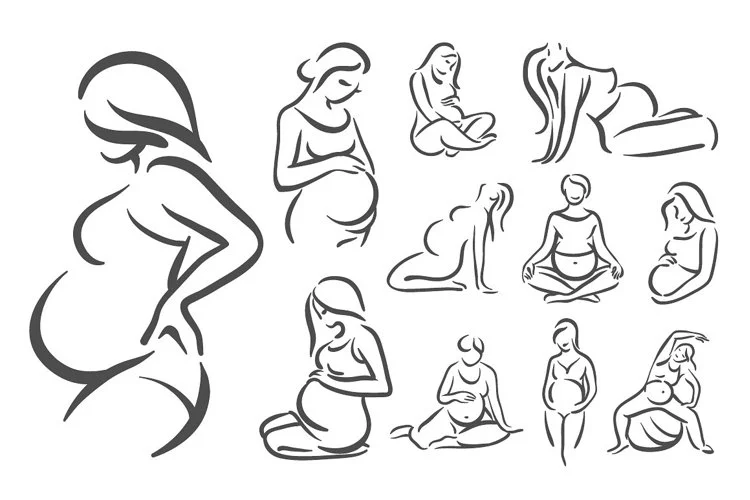In recent social media trends, a striking photo of a mother nursing her twin toddlers has gone viral. This image, while visually captivating, raises concerns about its effectiveness in truly “normalizing” breastfeeding. While the intention behind such images is commendable, it prompts us to consider what aspects of these stylized photos reflect reality and how they might impact other breastfeeding mothers.
The photograph originates from a popular parenting blog, showcasing a mother named Jessica who nursed her twins for two years. The image captures her in a picturesque meadow, seemingly serene and perfectly styled, a portrayal that feels far removed from the typical breastfeeding experience. Jessica recalls her challenges, including issues like tongue ties and nursing strikes, with her husband supporting her throughout her journey. While her story is heartwarming, the glamorous nature of the image does little to foster a sense of normalization for breastfeeding.
In reality, breastfeeding can often be chaotic and challenging. It is rarely as tranquil as a posed shot in a lush field. Instead, nursing may involve unexpected messiness, fatigue, and a lack of picturesque backdrops. Such idealized representations might inadvertently create feelings of inadequacy among mothers who do not see themselves reflected in these images. The reality of breastfeeding is often more nuanced and less glamorous than the curated depiction suggests.
Furthermore, it raises the question of why breastfeeding images receive such stylized treatment compared to other feeding methods. Would a photo of a mother pumping at her desk or preparing a formula bottle garner the same admiration? This disparity in representation can perpetuate a hierarchy among feeding methods, leading to unnecessary pressure on mothers to conform to a specific ideal of breastfeeding.
It’s crucial to recognize that all mothers—whether they breastfeed, pump, or formula-feed—deserve validation and support. The narrative surrounding breastfeeding shouldn’t exclude those who choose or need to feed their children differently. We should embrace a more inclusive perspective that acknowledges and celebrates all feeding methods without shaming mothers for their choices.
If you’re interested in learning more about the various aspects of home insemination and pregnancy, be sure to check out this excellent resource on pregnancy and home insemination. Additionally, for more information regarding home insemination kits, you can visit this link for authoritative insights.
In summary, while visually appealing breastfeeding images can be inspiring, they often fail to represent the true experience of many mothers. Creating a culture that embraces all forms of feeding without idealization or judgment is essential for supporting mothers in their individual journeys.
